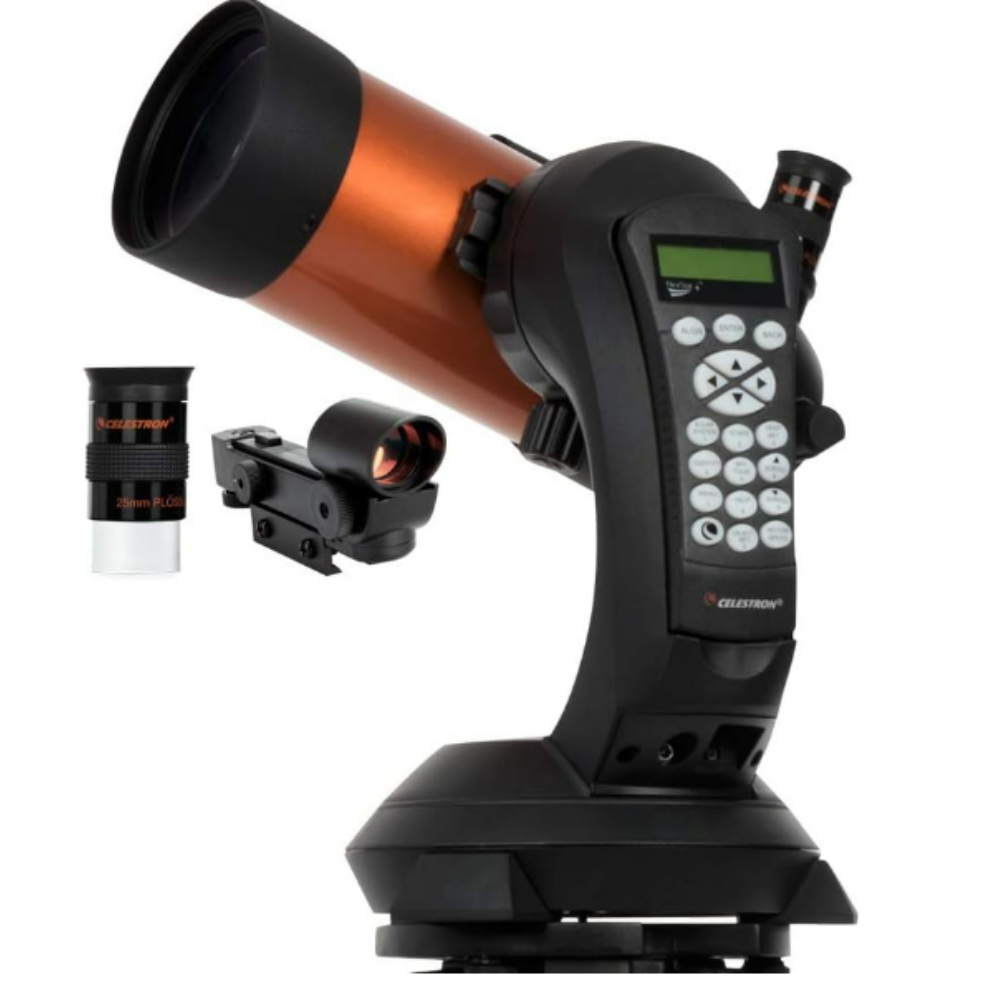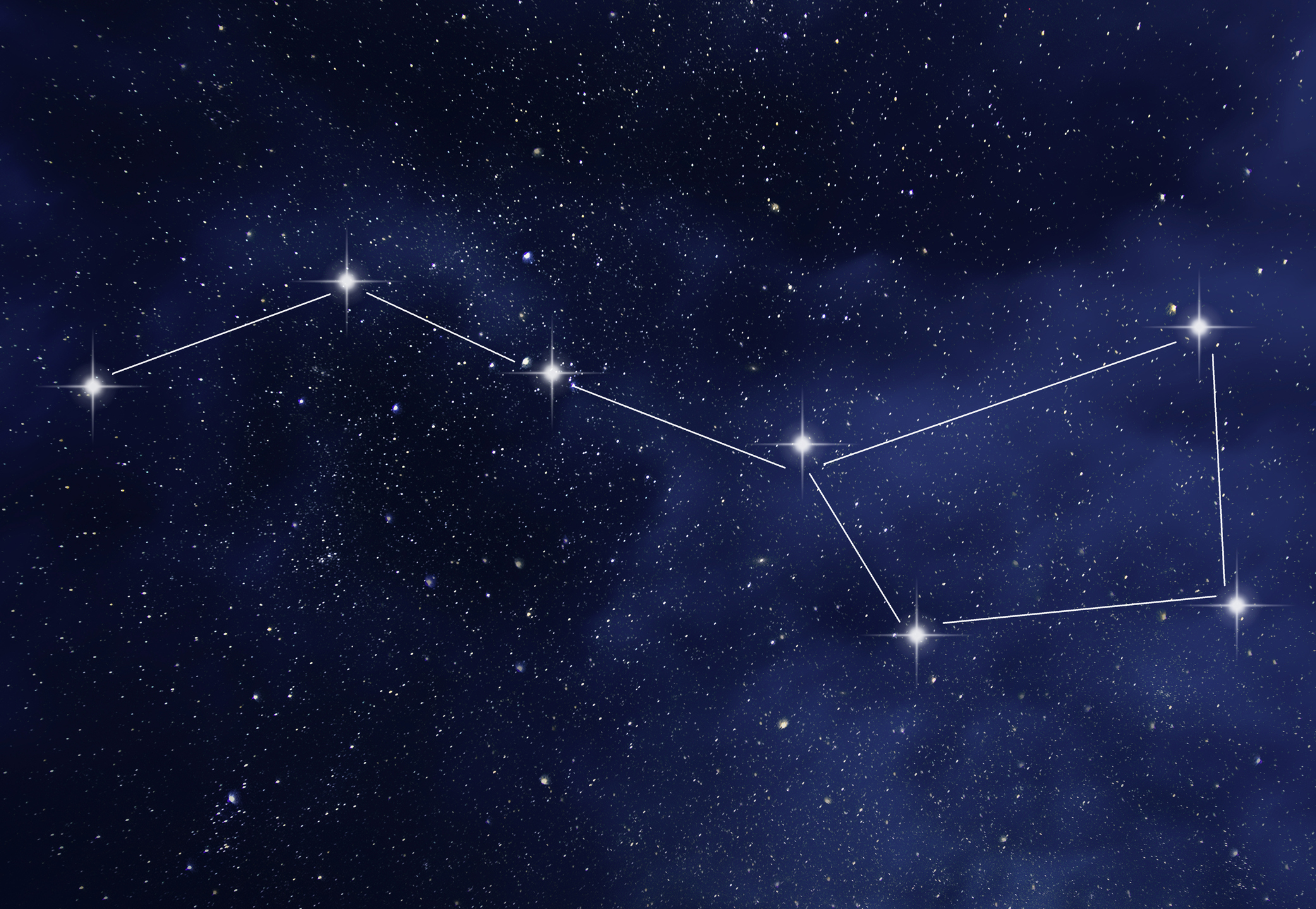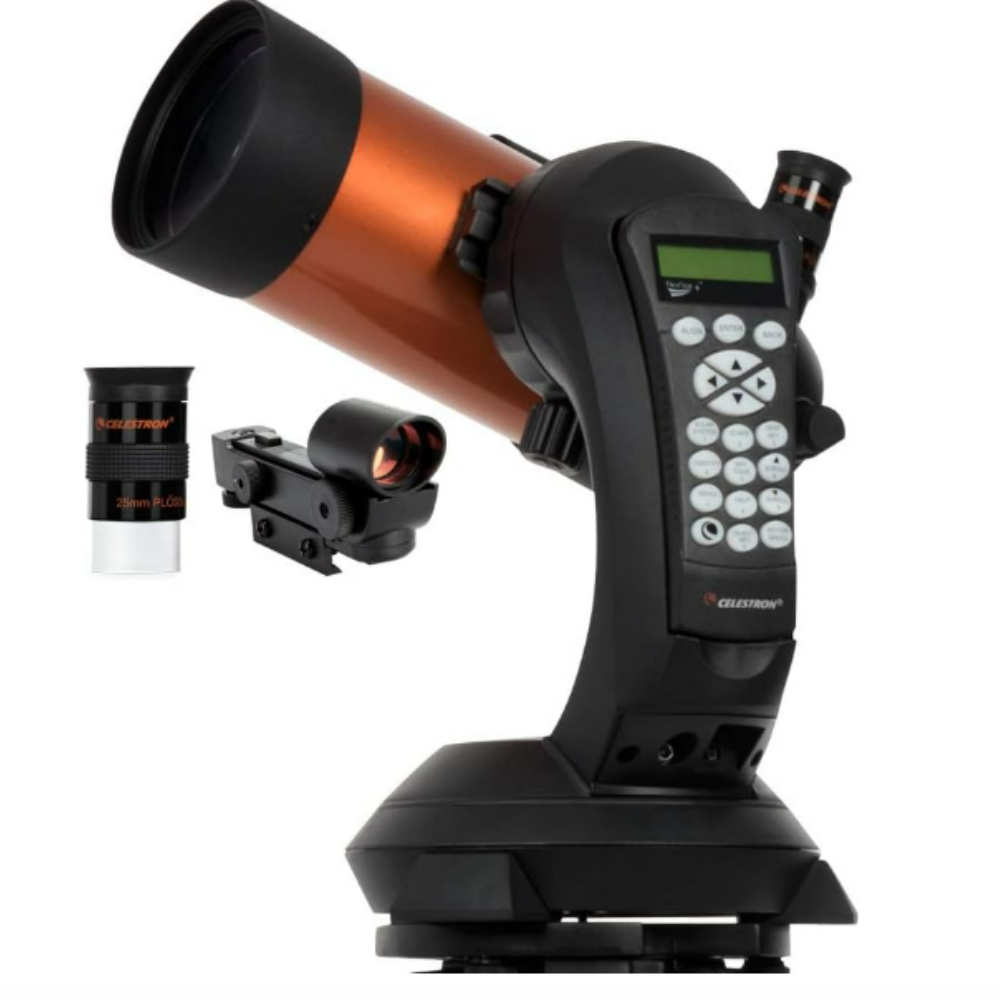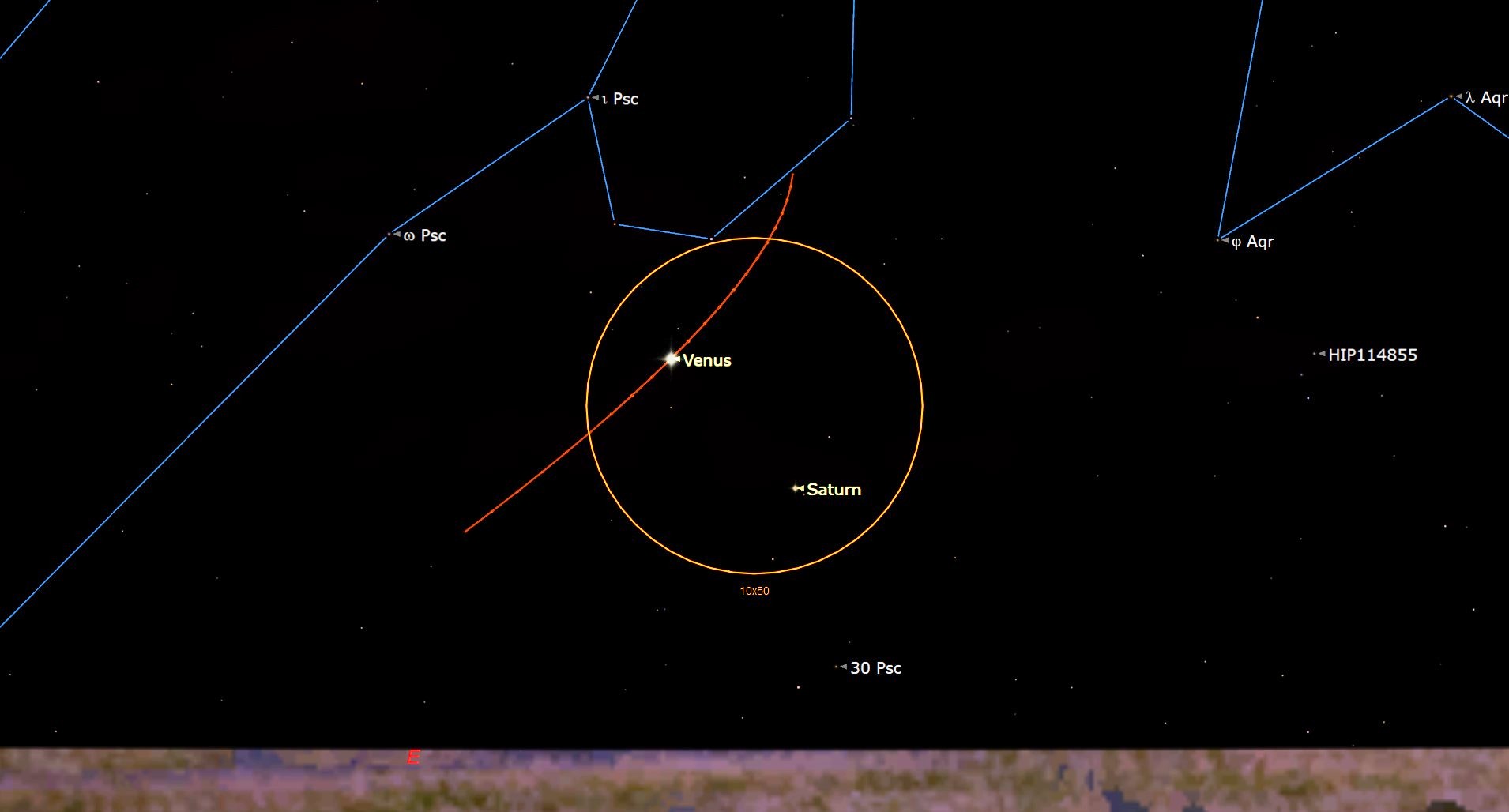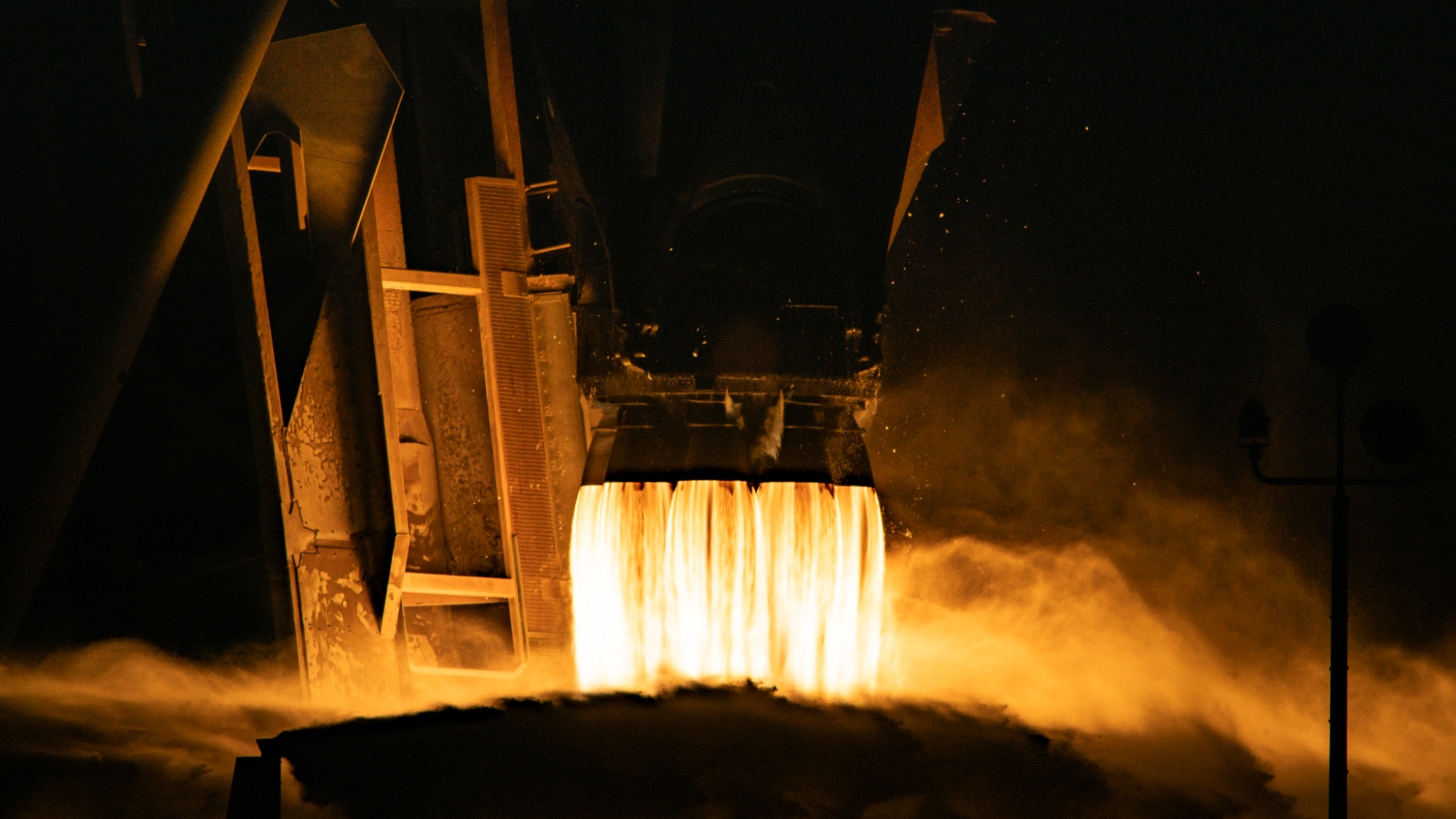It would appear that the latest wave of U.S. federal program cuts fueled by the Trump administration has affected NASA’s Goddard Institute for Space Studies (GISS) lab in New York City, a branch of the agency dedicated to studying climate change and other Earth sciences. On Friday (April 25), news outlets such as CNN and SpaceNews reported that GISS’s lease on office space in a Columbia University building in Manhattan’s Upper West Side is set to be canceled. According to SpaceNews, an April 24 email sent to Goddard employees and…
Read MoreCategory: The Moon
Our moon
Faint Neptune joins Venus and Saturn to form a planetary triangle in the pre-dawn sky on April 28
The predawn hours of April 28 will see a planetary triangle form in the night sky, as Venus makes a close approach to Saturn following a conjunction, while Neptune, invisible to the naked eye, will sit just a few degrees away towards the horizon. Saturn and Venus will be below the horizon for viewers in the U.S. when they reach the point of conjunction in the hours before their appearance on the morning of the 28th. A planetary conjunction occurs when two worlds share the same right ascension — a…
Read MoreMeet the ‘Doctor Who’ actors who brought the retrofuturistic robots to life for season 2’s ‘The Robot Revolution’ (interview)
Stomping around in bulky retro-style robot suits filming the opening episode of “Doctor Who” Season 2 might have seemed like fun, but for professional creature artists Stephen Love and Rob Strange it can be quite hazardous… especially if you topple over! “When you fell, you just had to surrender to it and wait until you stopped rolling around,” Strange reveals. “It felt very safe, but it looked pretty dramatic.” Love and Strange are the main puppeteer actors inside the old-fashioned android costumes for “The Robot Revolution,” which kicked off Ncuti…
Read MoreInternational Dark Sky Week 2025: See these 10 night sky sights to celebrate
April 21 – 28 is International Dark Sky Week, a global celebration of the night sky during which like-minded organizations and people take action to raise awareness of an inevitable aspect of modern-day life: the rising scourge of light pollution. Light pollution is a serious issue for night sky enthusiasts hoping to explore the cosmos from our vantage point on Earth, and is the primary reason why powerful observatories are built in remote locations, such as the Atacama Desert in Chile. Even so, a 2022 study from the Royal Astronomical…
Read More‘We learned so much that we didn’t know’: Firefly Aerospace’s Blue Ghost moon lander mission was full of surprises
COLORADO SPRINGS, Colorado — Lessons learned and on-the-spot surprises from the first fully successful commercial lunar lander mission bolsters the chances of long-term robotic and human operations on the moon. The Firefly Aerospace Blue Ghost Mission 1 safely touched down on March 2 within the targeted Mare Crisium landing zone. Plopping down on its four landing legs, the spacecraft delivered ten science instruments and technology demonstration gear through the Commercial Lunar Payload Services (CLPS) initiative. Blue Ghost completed more than 14 days of surface operations during 346 hours of daylight,…
Read MoreSenators press Jared Isaacman, Trump’s pick for NASA chief, on his ties to Elon Musk
Jared Isaacman, President Trump’s choice to lead NASA, keeps having to explain his ties to Elon Musk. The topic came up repeatedly during Isaacman’s nomination hearing, which the Senate Committee on Commerce, Science and Transportation held on April 9. Multiple Democratic senators pressed the 42-year-old billionaire on his relationship with the SpaceX chief, who was a prominent supporter of Trump’s campaign and is now a close adviser to the president. For example, Sen. Ed Markey (D-Mass.) asked Isaacman repeatedly if Musk was in the room at Mar-a-Lago, Trump’s Florida estate,…
Read MoreAmateur astrophotographer captures a stunning galaxy 24 million light-years from Earth (photo)
Astrophotographer Ron Brecher has captured a stunning deep sky image of the spiral galaxy M106, located 23.5 million light years away in the constellation Canes Venatici. Brecher imaged the distant galaxy for a little over 32 hours on nights spanning from March 27 to April 17, 2025. The finished portrait reveals the swirling arms of M106 focussed around an active, red-hued galactic core – an active star-forming region that is home to a ravenous supermassive black hole. “M106 is classified as a Seyfert galaxy, meaning it has an active nucleus,”…
Read MoreNew moon of April 2025 sees Venus and Saturn join up in the sky this weekend
The new moon occurs April 27, and a day later Venus and Saturn will make a close approach to each other (known as a conjunction) in the predawn sky. To make a new moon, you need to line up the sun, moon and Earth. From the earthbound observer’s viewpoint, the sun and moon are at the same celestial longitude, a projection of the Earth’s longitude lines on the sky. Most often the moon passes above or below the sun but at times it passes directly between the sun and Earth,…
Read MoreSpaceX Falcon 9 rocket launches 28 Starlink satellites, aces droneship booster landing (photos)
SpaceX continues its steady pace of Starlink launches, ever growing the company’s orbital internet constellation. A Falcon 9 rocket launched SpaceX‘s Starlink 6-74 mission Thursday night, April 24, out of Florida’s Space Coast. Liftoff occurred at 9:52 p.m. ET (0152 GMT, April 25) from Launch Complex-40 (LC-40) at Cape Canaveral Space Force Station. Stacked 28-tall inside the Falcon 9 fairing, the newest additions to SpaceX’s Starlink megaconstellation headed toward low Earth orbit (LEO), powered by the Falcon 9’s nine first-stage Merlin engines. A closeup shot of the Falcon 9’s first-stage…
Read MoreHappy 35th birthday, Hubble Telescope! 10 times the iconic observatory blew astronomers’ minds (photos)
For 35 years, the Hubble Space Telescope has served as humanity’s tireless eye in the sky, capturing breathtaking views of the cosmos and transforming our understanding of the universe. The school-bus-sized observatory launched on April 24, 1990 and overcame early setbacks to become one of the most scientifically productive instruments in history. From its vantage point 320 miles (515 kilometers) above Earth, the telescope has sent home more than 1.6 million observations contributing to over 21,000 scientific papers. The Hubble Telescope‘s legacy lies not just in its iconic visuals, but…
Read More
